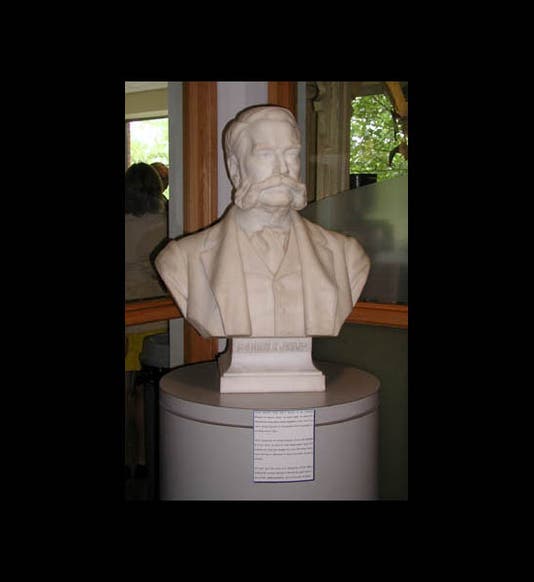Scientist of the Day - Morris Ketchum Jesup

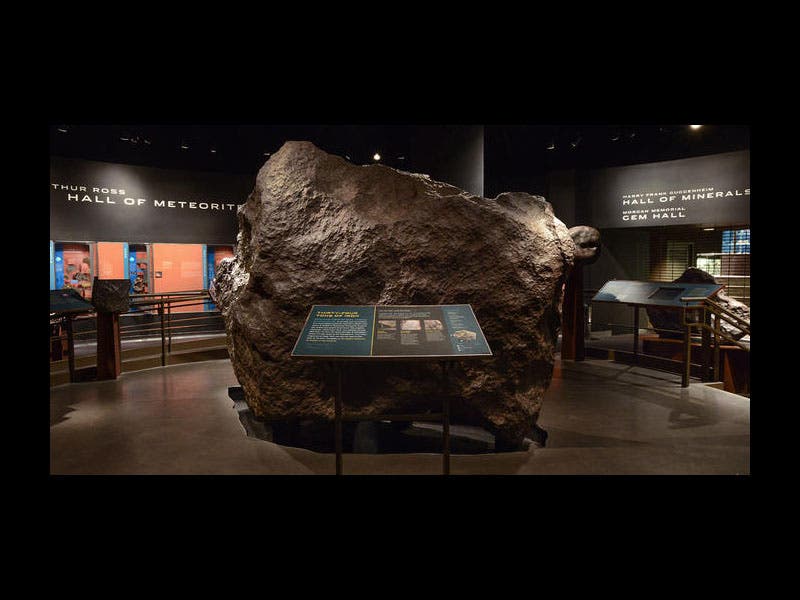
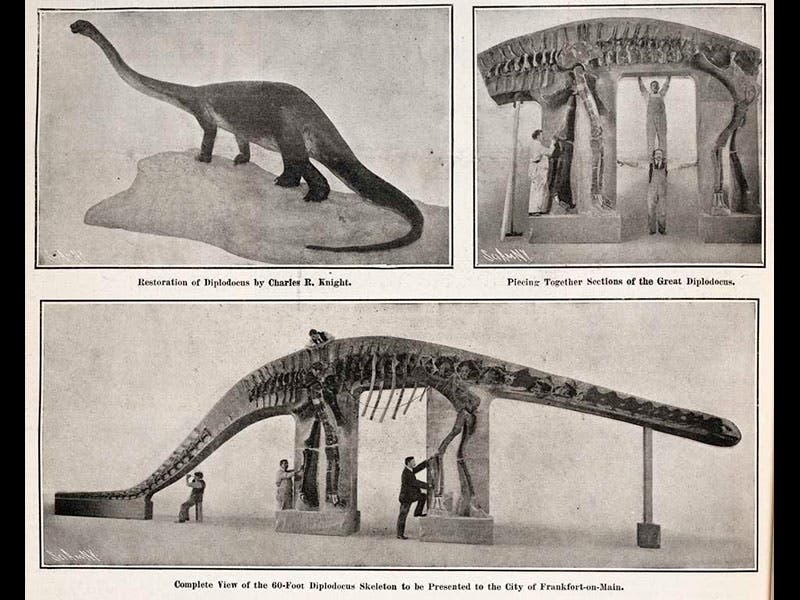
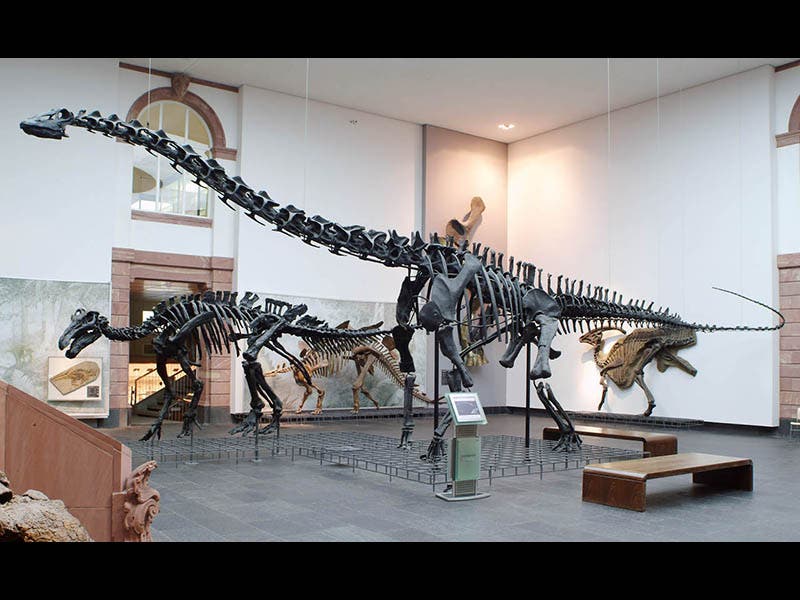
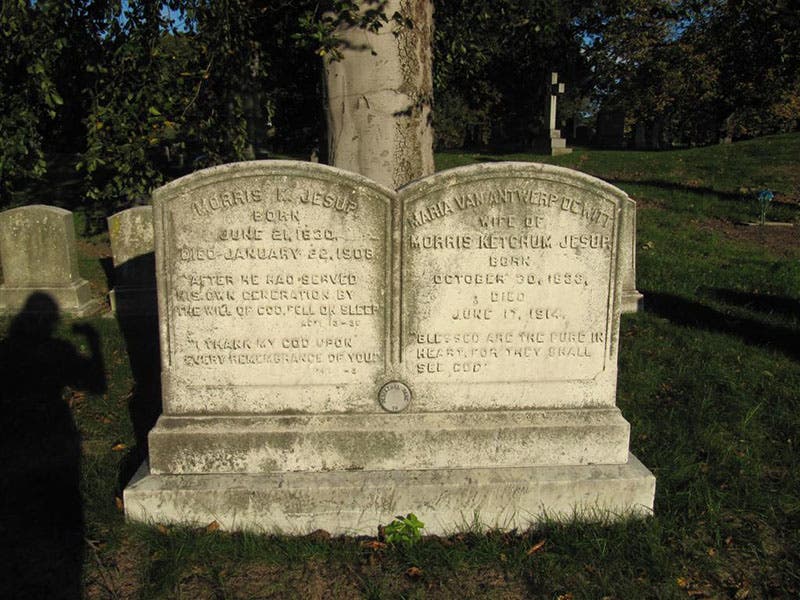
Morris Ketchum Jesup, an American philanthropist, was born June 21, 1830. Jesup became the third president of the American Museum of Natural History in New York in 1881 and served until his death in 1908, when the reins were taken up by the noted paleontologist Henry Fairfield Osborn. Jesup had made a lot of money in banking and railroading, and he generously passed on much of his fortune to the Museum. In 1897, the Museum sent out an ethnological expedition to Alaska and Eastern Siberia to study the local inhabitants. The purpose was ostensibly to discover the origins of Native Americans, but it was really a collecting expedition, adding greatly to the anthropological collections of the museum. The expedition was called the Jesup North Pacific Expedition and was financed entirely by Jesup. When Robert E. Peary brought back the famous Cape York meteorites from Greenland, it was Jesup who financed the return and bought the meteorites, which were later presented to the Museum (second image). Jesup rather liked Peary, and he persuaded the Navy to grant Peary a five-year leave of absence, and then he financed Peary's attempts to reach the North Pole (he did not live to see Peary's successful, or claimed successful, attempt of 1909).
In 1907, the Museum presented a mount of a Diplodocus dinosaur Naturmuseum Senckenberg in Frankfurt, in a generous act of intercontinental exchange. Andrew Carnegie had two years earlier made a big show of presenting a plaster Diplodocus to the Natural History Museum in London; Jesup went Carnegie one better, for this Diplodocus was the real thing, and Jesup bore the cost of the entire enterprise. One image above shows the Senckenberg Diplodocus being mounted (third image); we exhibited this in our Paper Dinosaurs exhibition some years ago; the dinosaur is still on public display, although the mount has been reconfigured (fourth image). In all, Jesup and his wife gave over 6 million dollars to the American Museum of Natural History. For many years, a full white marble statue of Jesup stood in the foyer of the Museum. It is no longer there. Fortunately, Jesup was not a one-institution donor, and the Westport Library in Connecticut, founded by a Jesup gift, displays a handsome marble bust of its founder (first image).
Jesup and his wife are buried in Green-Wood Cemetery in Brooklyn, where they share the soil with Louis Moreau Gottschalk and George Catlin (fifth image).
Dr. William B. Ashworth, Jr., Consultant for the History of Science, Linda Hall Library and Associate Professor, Department of History, University of Missouri-Kansas City. Comments or corrections are welcome; please direct to ashworthw@umkc.edu.

